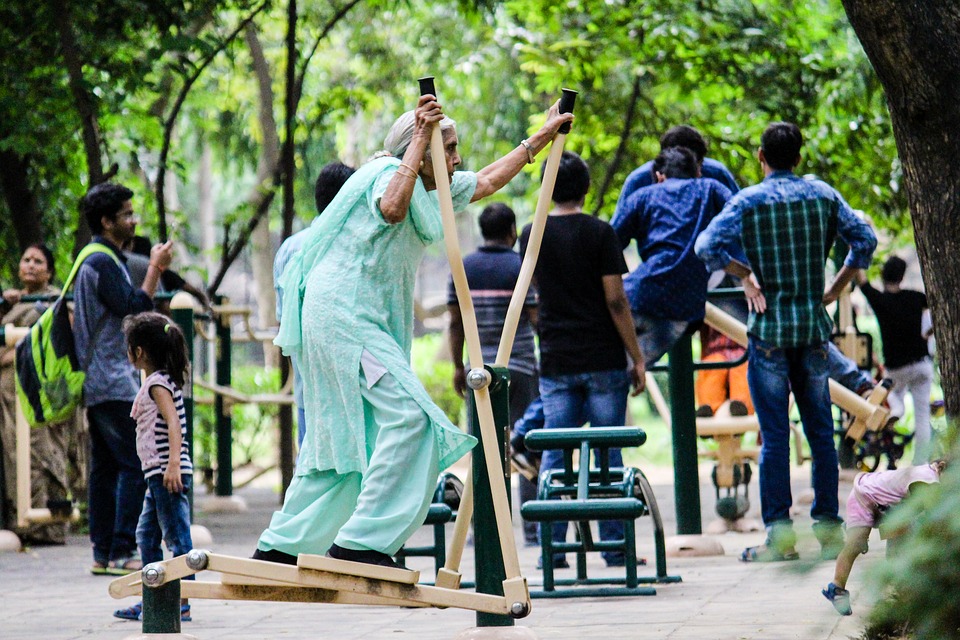How to Help Control Incontinence with Food and Exercise
Urinary incontinence – stress, urge or both – affects many people. So much so, many sufferers rely on various incontinence products to help them manage it on a daily basis.
There are many different ways of controlling incontinence, from practicing specific pelvic floor muscle exercises to understanding how food and drink can impact on incontinence.
The digestive system is part of the body and so it makes sense that we eat and drink, as we well as how active we are, will be reflected in our overall digestive health. Being aware of your diet and striving to maintain your fitness are both important factors in regaining and maintaining control over urinary incontinence issues.
There is a saying that 80% of the results in the gym happen in the kitchen and are related to the choices we make when it comes to food and drink. What you consume on a daily basis can have an impact on your incontinence too, with common bladder irritants already identified.
However, the effects on people will vary from one to another. You may find that spicy foods do not seem to irritate your bladder but consuming citrus fruits or juices does. If you do consume these foods, take note of how they impact on your incontinence issues and how much, eliminating them from your diet accordingly.
Fluids
There is no ‘diet’ to cure incontinence but what you do consume can have an effect on incontinence. There are symptoms you may be able to manage by making small changes to your diet. Some people complete a food diary for a time, monitoring their food and fluid intake to see if they can establish a link or a pattern between what they are eating and drinking, and urination.
Drinking more water may seem counter-intuitive but, by decreasing your water or fluid intake, you could actually be making incontinence worse. Decreasing fluids can mean that the bladder becomes more irritated because urine becomes more concentrated. It can also trigger a growth in bacteria that can also trigger or make incontinence worse.
Drinking between six to eight glasses of water a day – around 8oz of water per glass – can have beneficial results. Spread your drinking throughout the day, rather than gulping it all in one go.
Strengthen the whole body
It is common to focus solely on certain areas, such as the pelvic floor muscles, when dealing with urinary incontinence. But, there is a school of thought that suggests developing an exercise regime that engages the entire body will be just as beneficial.
Enhancing the cardiovascular system, becoming more flexible and increasing stamina all contribute to both physical and emotional well-being, important in dealing with incontinence.
Strength
Your strength is the ability of your muscles to generate force for everyday tasks. For example, standing up from a chair requires strength in the legs. Our strength peaks when we are in our 20s and 30s but this does not mean that after this age, our strength simply disappears.
What we do need to do as we age, is to exercise so that we slow the progress of the weakening of our muscles. And this can be done from using free weights, to using resistance bands to using tins of canned food to perform arm curls.
These exercises need to be done daily and have an almost immediate impact on the body. The pelvic floor is a muscles, responsible for supporting the bladder and bowel; by performing pelvic floor exercises on a daily basis, you can regain strength and control of these important muscles and prevent the incidences of loss of control over your bladder. Again, age is no barrier!
Healthy weight
The advice is everywhere and although the advice on how to best and safely lose weight can be conflicting, the message is still clear – losing 10% of your body weight (if you are overweight) can have significant impact on your overall health.
Maintaining a healthy weight to height ratio has never been easy but for those people suffering from urinary incontinence, excess body fat can place pressure on the bladder, bowel and digestive system. Again, when combined with regular exercise, losing weight will impact on urinary incontinence, decreasing the likelihood of accidental urine leaks.
In summary
For some people, urinary incontinence is a by-product of an illness or condition and managing it on a daily basis with incontinence products is necessary.
There are also cases, however, where urinary incontinence can be controlled and managed by avoiding certain food or drink irritants, as well as maintaining a healthy weight and lifestyle.
HARTMANN Direct provides a range of incontinence products to both men and women. Managing the symptoms of urinary and bowel incontinence is important and knowing that you can trust the products you use is just as important. Small changes in lifestyle can also have a big impact.




